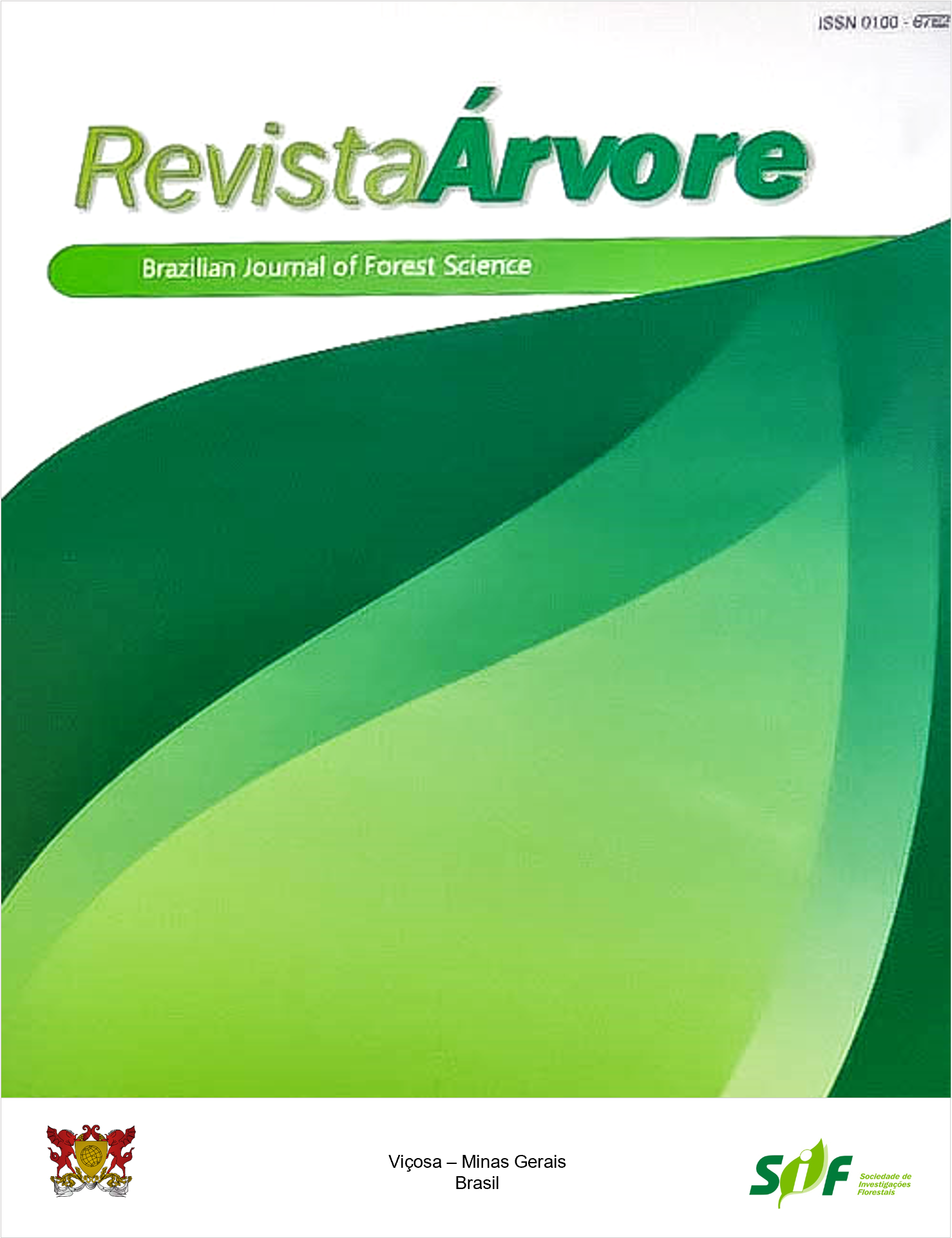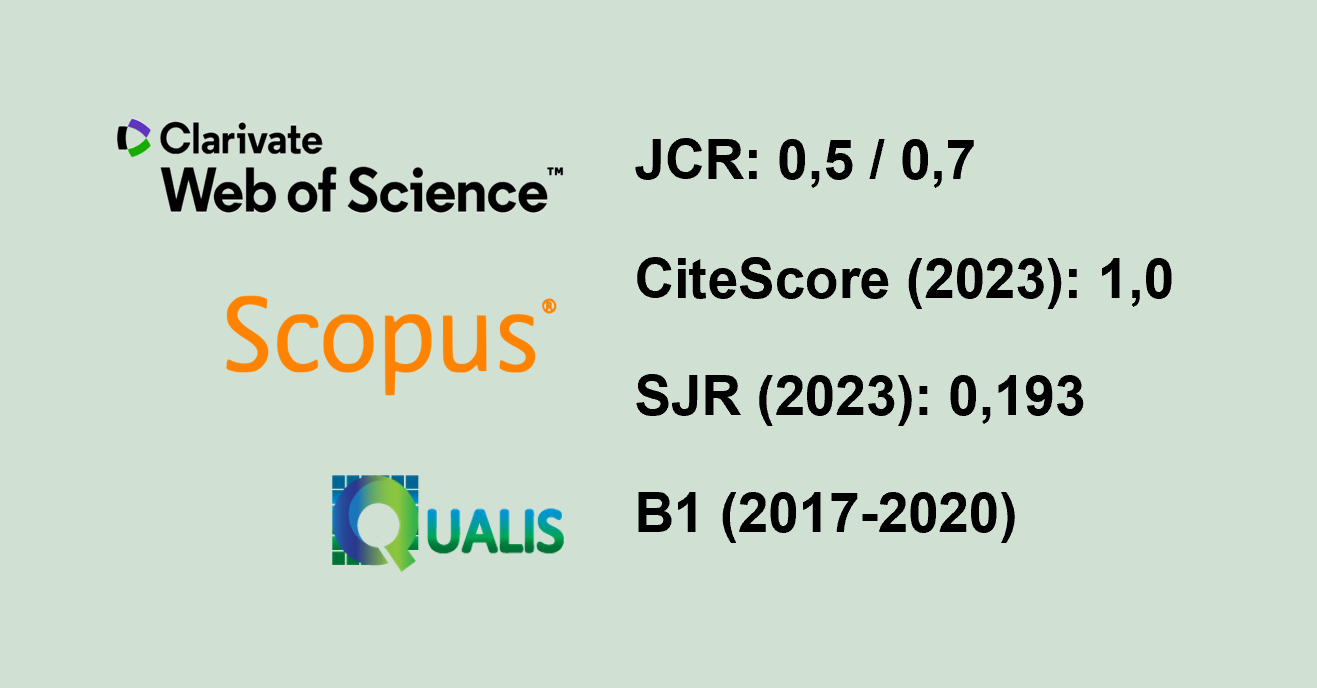ANALYSIS OF THE WORLDWIDE CONCENTRATION OF PELLET IMPORTS (2012-2018)
Keywords:
Bioenergy, Densified biomass, Forest economyAbstract
Faced with the transition in the global energy structure with the shift in consumption of fossil fuels to renewable and clean sources, there has been an increase in the demand for forest biomass for energy purposes, especially wood pellets, and imports have grown in recent years. Therefore, this study analyzed the world concentration of pellet imports from 2012 to 2018. Data on pellet imports were obtained from the Food and Agriculture Organization of the United Nations (FAO), and the following indicators were used to measure the concentration: Concentration Ratio [CR(k)], Hirschman-Herfindal Index (HHI), Theil Entropy Index (E), Gini Inequality Coefficient (G) and the Hall-Tideman Index (HTI). The results showed a growth of 16.67% p.a. of global pellet imports, from 8.76 million tons (t) in 2012 to 22.15 million tons in 2018. The CR(k) indicated very high concentration for countries and high in the subcontinents. The HHI showed a high concentration for continents and subcontinents and a moderate concentration for countries. Entropy and HTI corroborated the analyzes found in the HHI. The G pointed out strong inequality for all territorial levels and showed trends towards a reduction in inequality as of 2015. The reduction in the concentration in the final years of study is related to the expansion and technological diffusion of energy conversion of the densified biomass, which makes this fuel more affordable.
Keywords: Bioenergy; Densified biomass; Forest economy
Downloads
Published
How to Cite
Issue
Section
License
Copyright (c) 2021 Revista Árvore

This work is licensed under a Creative Commons Attribution 4.0 International License.
All authors agreed to submit the work to Revista Árvore and granted the exclusive license to publish the article. The authors affirm that it is an original work and has not been previously published elsewhere. The scientific content and opinions expressed in the article are the sole responsibility of the authors and reflect their opinions, not necessarily representing the opinions of the editorial board of Revista Árvore or of the Society of Forest Investigations (SIF).




